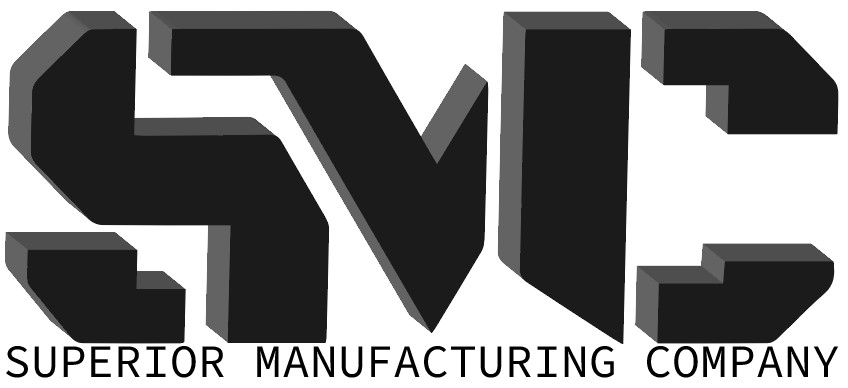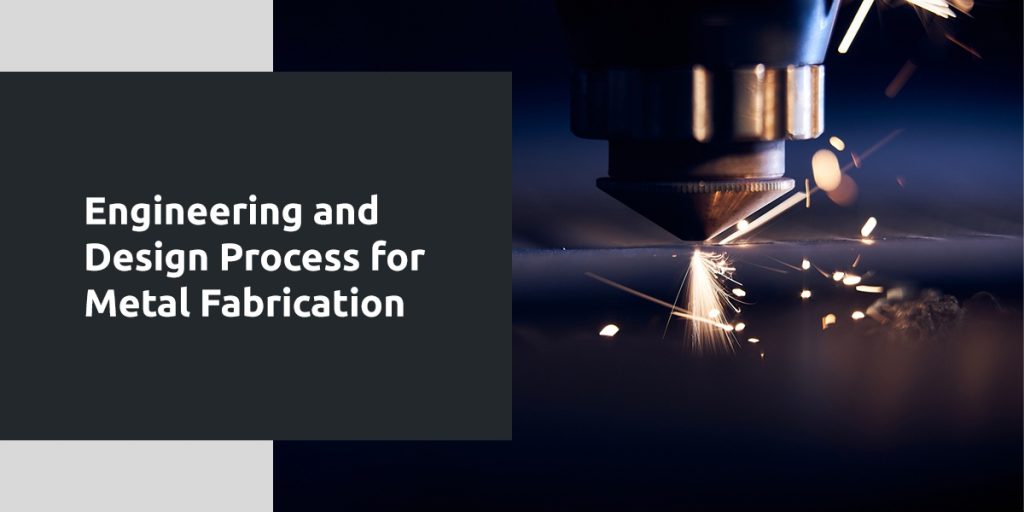What Is the Metal Fabrication Process?
Types of Metal Fabrication
The Sequence of Steps in Metal Fabrication
Tips to Optimize Your Design Metal Fabrication Project
Choose Superior Manufacturing as Your Precision Metal Manufacturer
Virtually every piece of metal used in products and structures has undergone the metal fabrication process. This involves transforming plain metal into items like cutlery, electronics casings, fuel tanks, and construction equipment parts. The process varies widely based on material and complexity. Let’s explore the steps in metal fabrication engineering, from initial design to finished goods.
What Is the Metal Fabrication Design Process?
Metal fabrication is the process of producing metal elements from raw materials through actions like cutting, bending, welding, machining, and assembling. Many tasks are now automated, with precision machinery achieving greater accuracy than human labor. Fabrication covers making items from small springs to large architectural components, integral to the metal fabrication process.
In many cases, metal fabrication is done in a specialty fabrication shop. Hiring a team of experienced fabricators with top-tier equipment is usually more cost-effective than a manufacturer fabricating metal goods in-house or on-site. The staff in these shops may comprise welders, machinists, assemblers, cutters, boilermakers, solderers, and machine setters and operators.
The metal itself typically starts as sheet metal, but you’ll also see thicker plate metals as well as hardware, sectional and welding wire versions of raw materials.
Types of Metal Fabrication
Going from sheet metal to component — or even full-fledged product — can require various combinations of the following methods and steps involved in metal fabrication engineering:
- Surface cleaning: Any oils, greases or chemicals that might be present on the surface of the metal must be removed. Cleaning can be performed in many ways, such as abrasion, chemical solvents and electrolytic applications.
- Cutting and machining: Metalworkers can manually cut the metal into simpler shapes or use machines for more complex demands. Tools like saws, lasers and waterjets are often used for this purpose.
- Punching and drilling: Punching can be used to cut holes in the metal or pull smaller pieces out for a different application. Drilling is another method of creating holes, and it often acts as a first step before another process like boring or reaming.
- Forming: By manipulating the metal into different shapes, workers can create angles and arcs. Processes like folding, bending, stamping and punching can fall under this category.
- Shearing: Shearing involves slicing through a piece of sheet metal to trim off excess material without reducing it to chips, minimizing waste.
- Fastening: Fastening is a practical option for temporarily or permanently joining metal together using hardware components like screws or rivets.
- Welding: Welding is another method of permanently joining metal that can be more versatile and is often used in large-scale applications.
The Sequence of Steps in Metal Fabrication
A few steps must occur before and after the main task of shaping the metal.
The first step in sheet metal engineering is to choose the material wisely. Metals vary widely in properties like material thickness, yield strength, tensile strength, conductivity, corrosion resistance and ductility, each of which will impact the final product and determine how well the metal can be fabricated. These elements must be considered during the initial product design phase to ensure successful metal fabrication engineering.
After the workpiece undergoes turning, welding or any other processes involved in giving it form, the metal often receives a finish. Some mechanical finishes include brushing, blasting or polishing the surface, while other finishes involve treating it with chemicals or covering it with paints, glazes, powder coats or decals. These additions can grant protective properties or simply provide aesthetic changes. Our generator housing units, for instance, call for finishes that protect against rust and water damage and support everyday operational demands from the equipment.
Once finished, the fabricated piece can be installed in its final application.
Tips to Optimize Your Design Metal Fabrication Project
Get a running start on your next project with these design considerations and tips for sheet metal engineering.
Have Your Information Ready in Your RFQ
Knowing what your design and fabrication project needs is an important part of an efficient process. Before submitting your request for quote (RFQs) to a fabricator, collect all of the necessary information and ensure it’s accurate. You can save a lot of time by minimizing back-and-forth and avoiding reworks. Plus, you limit the chances that you’ll go over budget due to inaccurate designs.
Some things to include in your RFQ are:
- Completed drawings
- Technical specifications
- Delivery information
- Deadlines
- Point-of-contact information
Talk to Your Fabricator Early
Similarly, by being prepared and speaking with your fabricator early on, you have more room for adjustments along the way. These changes might be necessary, such as ensuring design feasibility, or simply beneficial, as the fabricator can make suggestions or tweaks to improve performance or lower costs. Involving the fabricator early ensures you have enough time to make these changes without missing deadlines.
Stick to the Necessities
Try to parse down your design to the necessities. Excessive design elements can make it harder for the fabrication team to understand the project and simply slow things down. If you’re unsure of what’s necessary, talk with your engineer.
Test the Component Before Production
Never go into full-scale production without testing the product first. Get prototypes or models from your fabricator before the sheet metal manufacturing process begins to save yourself from costly reworks and wasted materials.
Choose Your Materials Carefully
Remember, the choice of metal will affect the entire fabrication process and the overall success of the component. Consider what types of fabrication are required and how the techniques can accommodate the metal. Some materials will melt at lower temperatures or fail under the pressure of certain tools, so choosing the right one is necessary to avoid failure during fabrication. Again, if you aren’t sure which material is best, consult your fabricator, who should have a strong knowledge of metal properties and the demands of the processes.
Work With the Right Production Partner
Your relationship with the fabricator is an important one that sets the tone for the entire project. This partner should be able to see your vision and offer services that align with your goals. Ideally, your fabricator can leverage industry expertise to provide useful suggestions that may save time or money. A trusted fabricator should also be up to date on industry trends and technology, with the right equipment in their facility. Of course, meeting industry regulations and quality standards is also a must.
Choose Superior Manufacturing as Your Precision Metal Manufacturer
Superior Manufacturing is your go-to source for metal fabrication engineering. We specialize in components for construction equipment, metal cabinets, generator enclosures, and fuel and hydraulic tanks. Operating since 1945, our team uses modern equipment to provide high-quality, custom solutions for building cost-effective, high-performing products.
To learn more about our full-service sheet metal fabrication products and services, please reach out to us today!




